Who are your yoga students and what do they need?
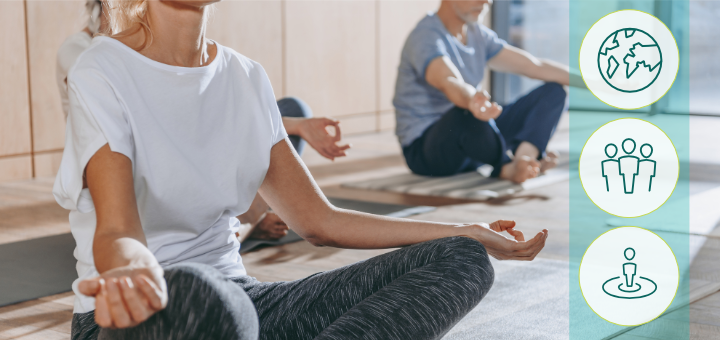
When I started teaching yoga many years ago, I remember spending a lot of time wondering, “What do my students want in a yoga class?” and trying to please everybody. Now, I think that a much better question to ask is, “WHO are my students, and what do they NEED?” Jay Fields wrote a book titled “Teaching People, Not Poses.” I haven’t read the book, but I think this is a fantastic title. All teacher training programs spend so much time analyzing the anatomy of yoga poses, but those poses do not exist outside of the practitioner. That’s why they need to be accessible, applicable, and relevant to the people you have in front of you. And, of course, an effective yoga practice is so much more than a collection of poses.
So who are your yoga students and what do they need? When it comes to answering those questions, I like to think of them in terms of human needs, group needs, and individual needs.
Human needs are the ones that all of us have, and they are reflected in the elements of the yoga practice that we can all benefit from. We all want strong and tension-free bodies, the ability to balance, the feeling of vitality, clarity of mind, and so on. I believe that the best way to approach human needs is by working with The Panchamaya Model. It maps out the five main dimensions of the human system and what we are striving for within each of those dimensions.
Group needs are the ones that apply to specific groups or populations of students: older students, pregnant women, office workers, cancer patients, stay-at-home moms, golfers, and so on. Most people within those groups will have some common needs, which can be used as a jump-off point for your class planning. Most of the time, however, your groups of students will not be so clearly defined, and you will have a mix of students of different ages, professions, levels of activity, etc. That is why it’s important to know some basic information about your regular students, like:
- What is their general level of activity? On any given day, do they move a lot, or are they sedentary? How physically demanding their jobs are, what other kinds of exercise they are doing, etc.
- What do they do before the class, and what will they do after? This is largely related to the time of day you teach your class: Did they just get up? Did they spend the whole day in front of the computer? Will they be active after class, or will they go to bed?
- What are the general expectations from this particular class? This is mostly related to context: Where are you teaching your yoga class? Are you teaching at the gym, yoga studio, assisted living facility, meditation center, hospital, or office building? Class expectations and the kind of students that attend it will differ depending on context.
Based on that information, you can draw some conclusions about what most of those students need. For example, if they are sedentary, they would need to move a bit more; if they are very active, they will benefit from slower, more internalized practice; if they just woke up, it would be useful to transition from less active toward more active movements gradually, and vice versa if they would be going to bed soon after class; if you are teaching at the gym students generally expect more movement; if you teaching at a meditation center, they would expect more mind-focused practices, and so on.
Individual needs are unique to each individual student. It is not realistic or even possible to address each student’s needs in a yoga class, but we have to consider what some students shouldn’t be doing. It’s always good to know if the student has some sort of health condition or sensitivity that might interfere with her practice. In terms of conditions we need to be primarily aware of contraindications (for example, do not bring your head below the heart if you have glaucoma, do not do internal hip rotation if you have hip replacement, and so on.) However, we don’t want to peg students into fixed categories like “high blood pressure,” “herniated disk,” “foot surgery,” or whatever. Those conditions don’t define who they are. We still want to work with people, not conditions.
In a private yoga session, you are primarily focusing on students’ individual needs, and those needs guide and inform every aspect of your work together. And every yoga class is an interesting juggling act between human, group, and individual needs. I would say that if you have a clearly defined group of students with specific needs, it makes more sense to address those needs with consideration for individual flavors and limitations. But if you have a hodge-podge of students from all walks of life, as well as levels of ability and activity, it would make more sense to focus on human needs (while still being aware of individual contraindications).
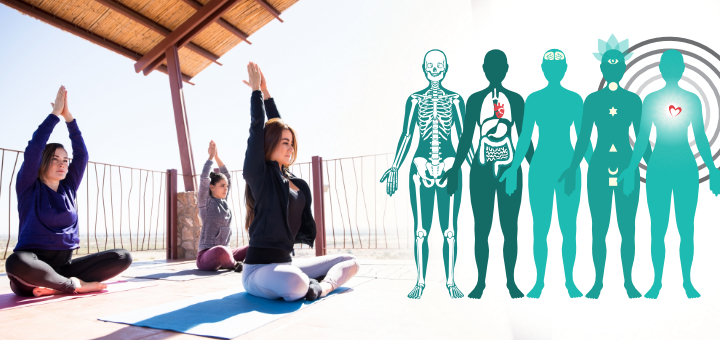
Each one of us is a multidimensional human being who has all sorts of needs beyond strictly physical. You can use the Panchamaya Model to envision different kinds of practices for your students.

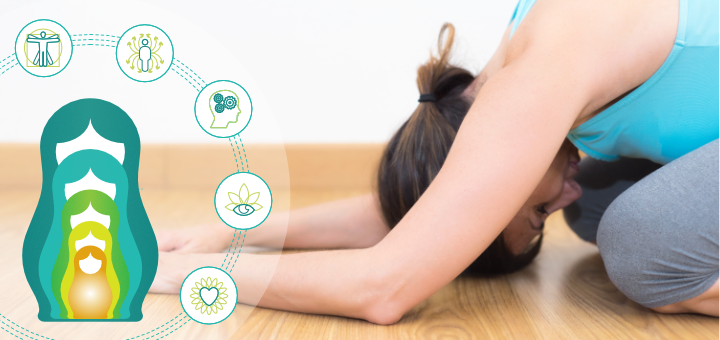
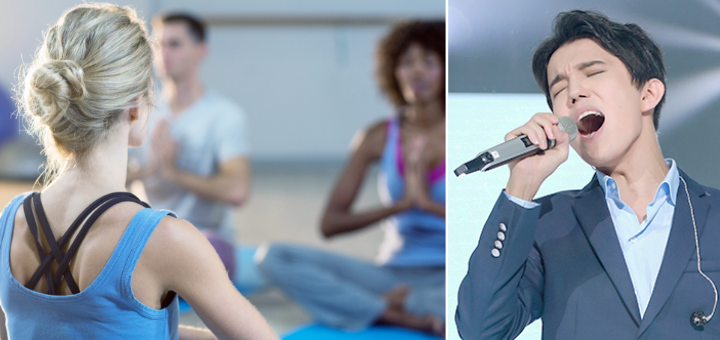





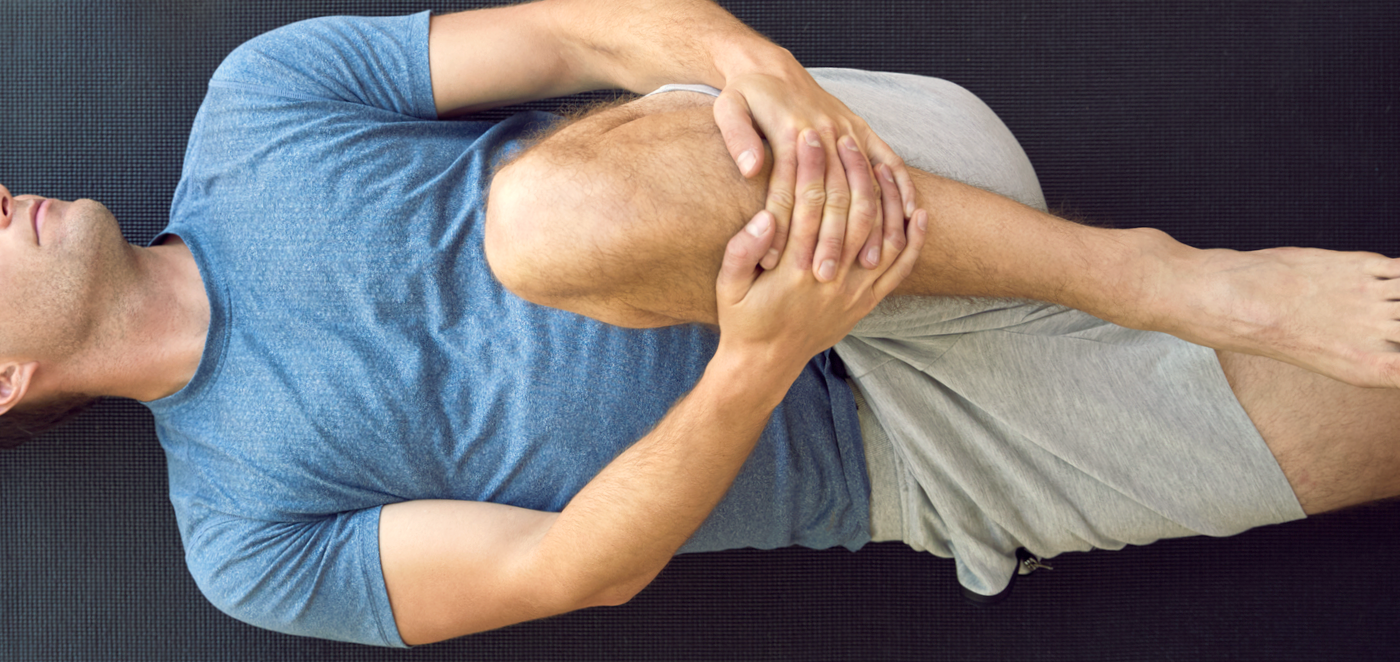

Why do they say no internal rotation on hip replacement? 2 students have said they have been adivsed against external rotation after hip replacement….. Confusing
Hi Liz, excellent point! My students told me they were advised against internal rotation after hip replacement surgery because this action would pop the new hip out of place. I think it requires further investigation, and I usually go with whatever the student’s doctor had advised.
Liz, I wonder if maybe those 2 students may have had a different kind of hip replacement? My understanding is that there is now a type of hip replacement where the joint is accessed from the front vs. a posterior approach. Most of my students with hip replacements have had the posterior approach but I have had one whose surgery was anterior. I’ve read that the posterior version involves cutting more muscle which makes that area more vulnerable, hence the recommendation not to further stress those muscles by pulling on them via internal rotation. Raising the leg above 90 degrees is another recommendation for the same reason. The anterior approach surgery is supposed to affect fewer muscles but the area where the cutting occurs is more vulnerable to external rotation. Wish I could put my hands on the article I read on this a few years ago but I don’t seem to have it anymore. I do ask my students which they’ve had &, while they usually don’t know & often say they haven’t been given precautions to follow, they can tell me where their scar is. Anterior is supposed to be less invasive so I’m expecting to run across more of those as time goes on & more surgeons offer them.
I have senior students and one most recently with a rod in her back. Any suggestions for modifications for her?
Thanks